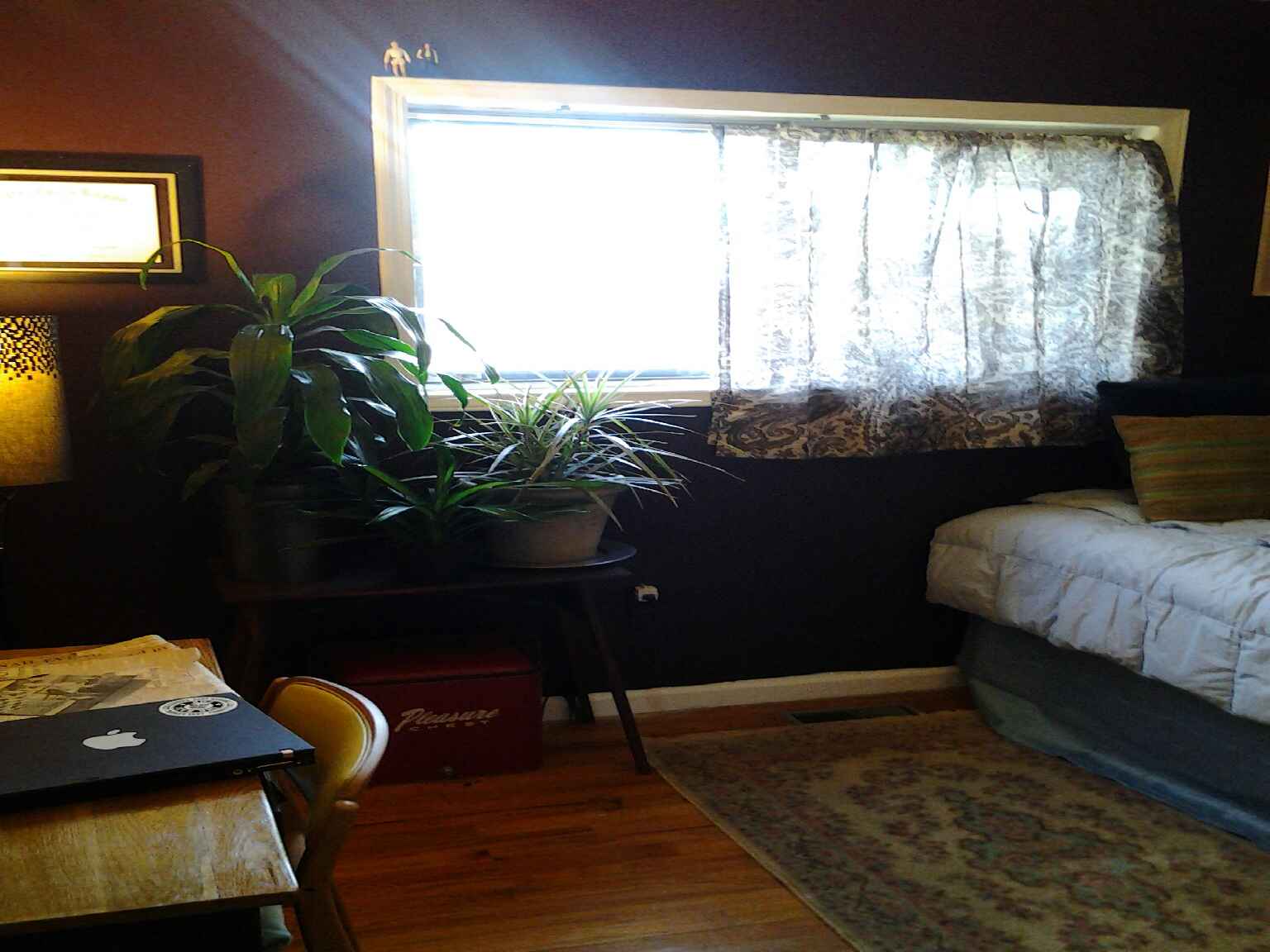It's
time for a new year, a new semester, and a new perspective on design.
I'm
currently preparing for teaching the Sophomore level Residential Design course.
Typically in this course I focus on Universal Design, Historical
Preservation, Client Interviews, HOA restrictions, and Design Presentation.
I have a particularly gifted group this year (I had them for Design
Psychology last year) and I've been thinking I should introduce some lighting
basics and get them moving towards dynamic visual presentations. Our
field historically has been very "presentation board" heavy, but with
current technology many clients no longer need to be local to their designers,
which is changing the way we communicate with our clients and contractors.
Being able to get ideas in front of clients and allow the presentation to
speak for you is critical in today's market.
This
winter and spring, I’ll be working with three Continuous Care Living
Communities (CCLCs- Independent Living through Assisted Living to
Rehabilitation and finally Hospice Care- the complete embodiment of
Aging-in-place). The closest of the
three is a two hour drive; one is in another state. I am working on a variety of spaces for these
communities: a chapel, four bathing suites, and marketing and builder’s
packages for an expansion of several hundred Independent living townhomes. All requiring long distance presentation of
concept and ideas as the primary method of communication.
Each
of these projects pose their own challenges, but I find the combination of designing
for the aging population- creating ideal residential spaces under the strict
parameters of commercial building code restrictions while simultaneously
maintaining the best interests of the Community ownership- my client- to be
most interesting and thought-provoking. Frankly,
it requires a well-rounded designer to be able to anticipate the needs of these
varied populations. It’s not about
throwing the newest, biggest, most expensive product at a design problem. It’s about recognizing the nuances of the
owner, the needs of the people who care for this population, and anticipating
the end user’s abilities- and the fact that those abilities will change,
sometimes rapidly, as they enter their final years.
I
love what I do.

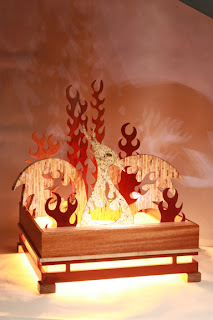

.jpeg)

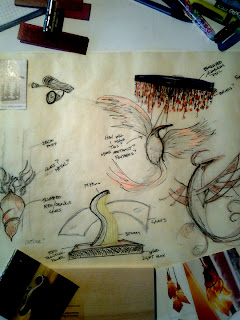
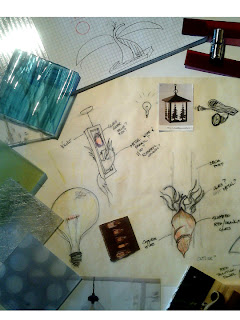

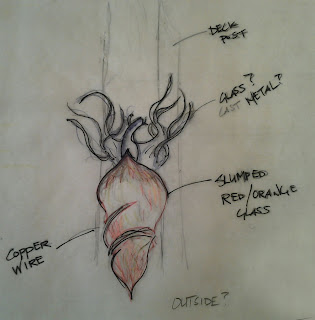


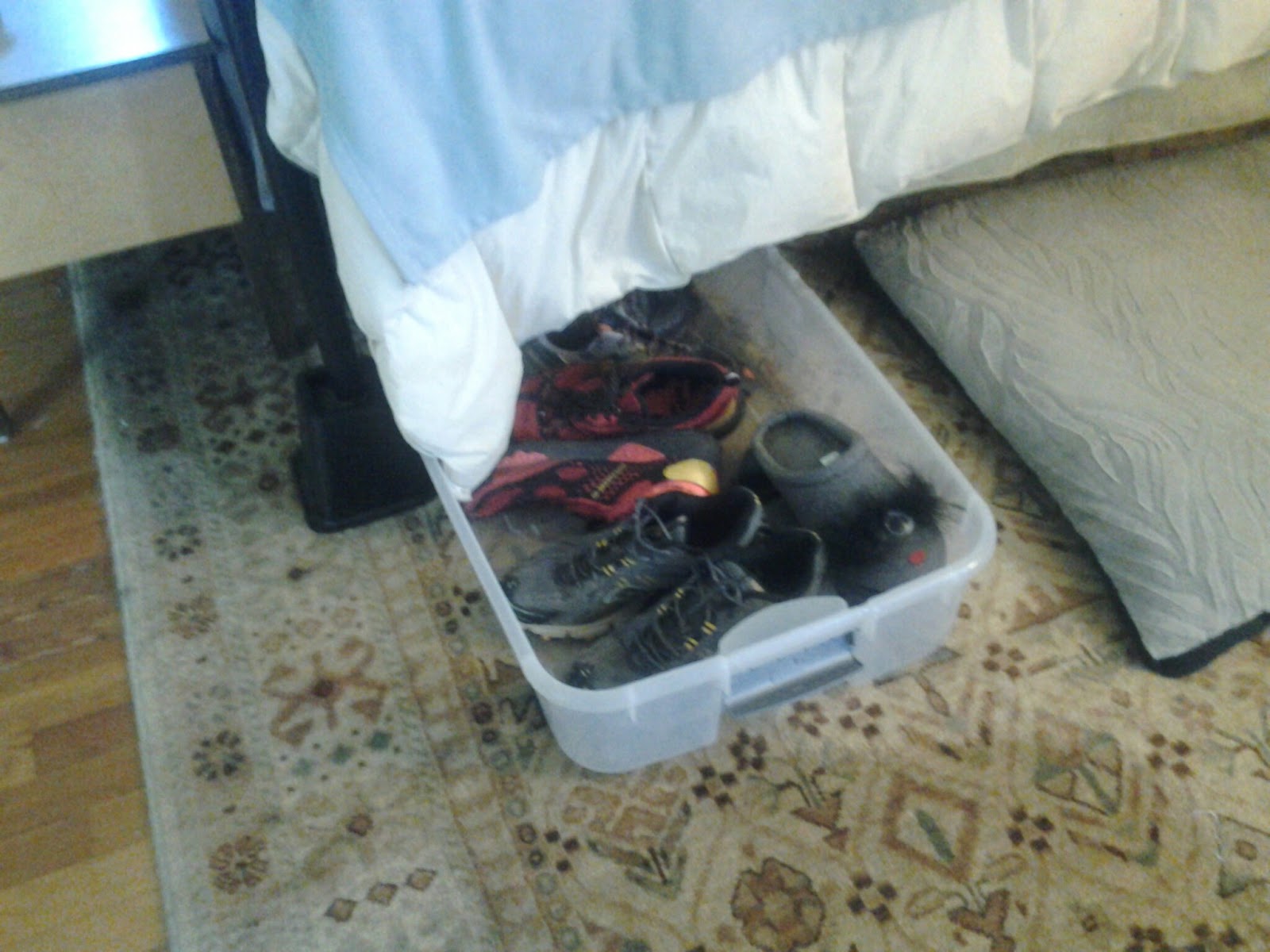
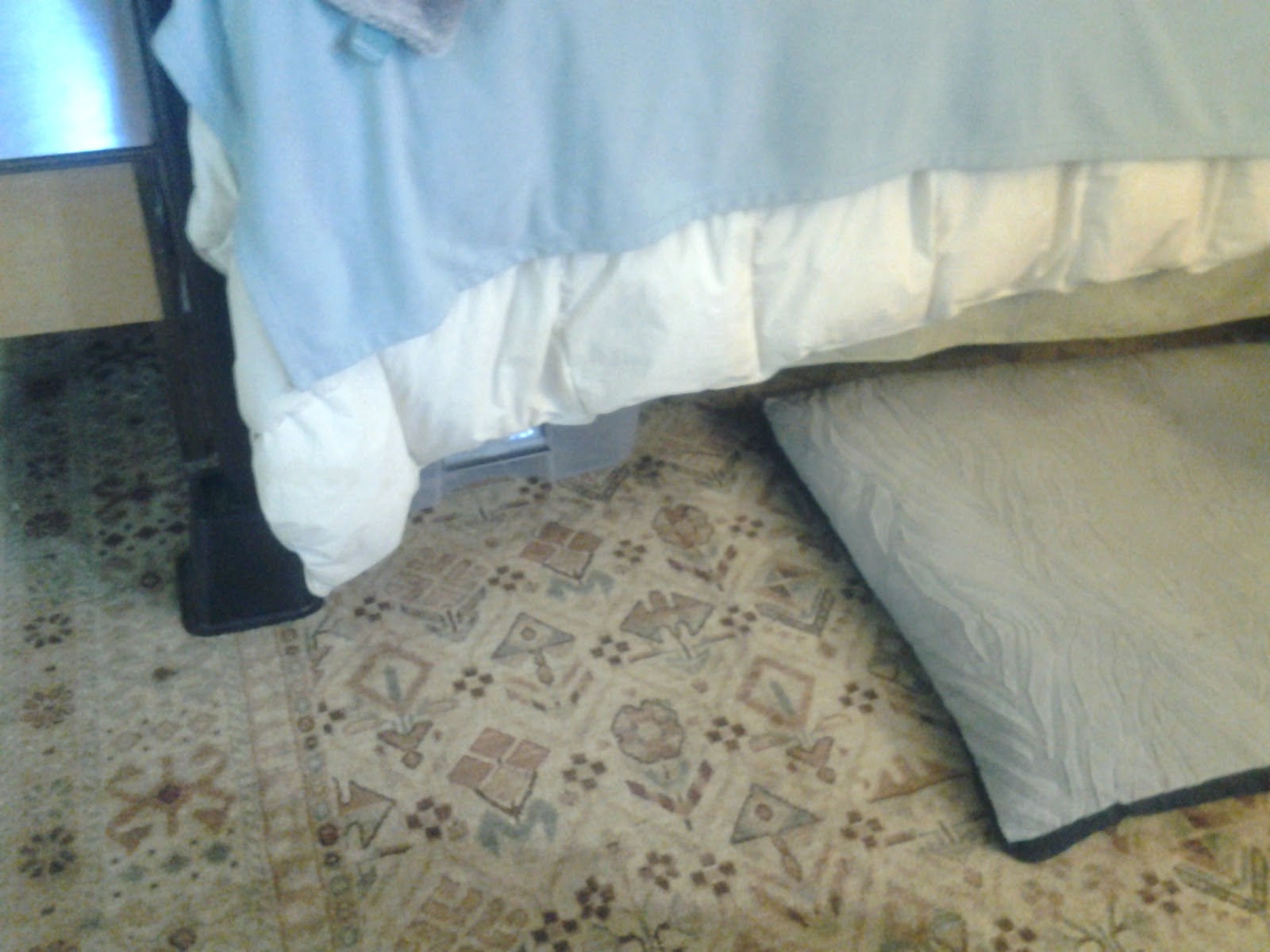

.jpg)
